SUMMARY
This is AI generated summarization, which may have errors. For context, always refer to the full article.
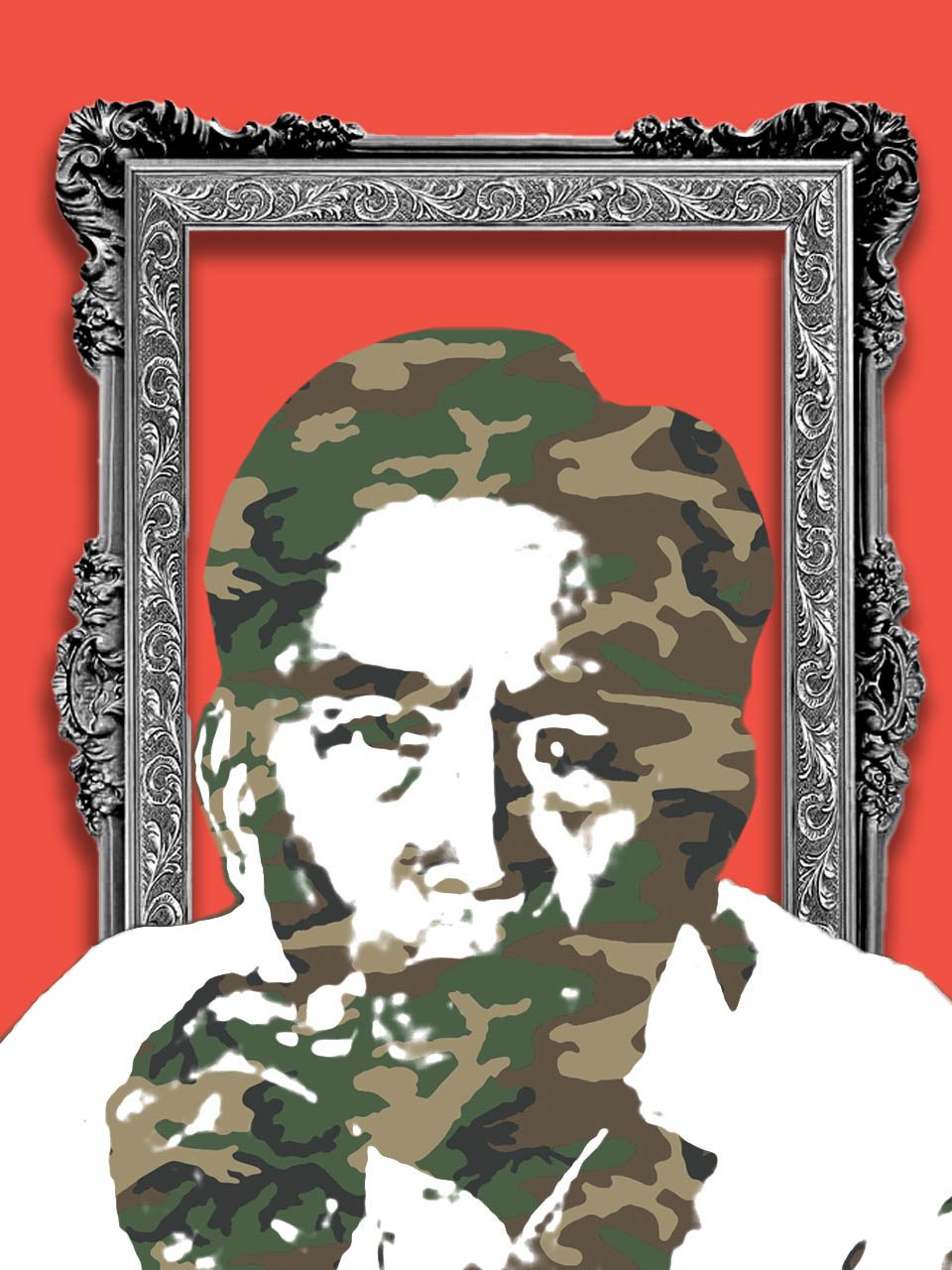
The late dictator Ferdinand Marcos expanded the range of functions that the military was originally designed to perform. From “managers of violence,” Filipino soldiers were turned into “managers of the civilian bureaucracy.” Marcos made the institution run government affairs, cultivated personal networks with the troops, built their careers, and showered them with perks – ultimately giving them immense power.
The first president to use the military to the hilt and deploy it to civilian frontlines was a civilian – a lawyer at that: Marcos.
In 1965, as soon as he was elected president, Marcos declared the Armed Forces of the Philippines (AFP) as the nation’s key partner in national development. What Marcos had done was to “de-professionalize” the AFP, according to Filipino academics who have studied the military. The soldier’s expertise as manager of “violence” was diluted under the Marcos dictatorship since, according to a study by political scientist Felipe Miranda, the soldiers were instead made to serve as “managers of the civilian bureaucracy.”
Miranda recalled that Marcos “…expanded the range of functions [that the] military legitimately could perform in…national development strategies, enhanced the military’s institutional prestige, and improved the pay and material conditions of military men…he cultivated politically valuable military officers, managed their military and post-military career toward more gainful opportunities and maximized personal gains.”
This goes against the classical definition of a professional armed force, one that develops an “expertise in managing violence or in the legitimate use of force,” cultivates an ethos that emphasizes “military service to entire society rather than to particularistic interests,” adheres to military cohesion, and accepts the supremacy of civilian authority, writes military expert Professor Carolina Hernandez in a 1997 paper.
Replacing Marcos through a civilian-backed military revolt, Corazon Aquino put a stop to Marcos’ dependence on the military in running the bureaucracy. Still, because Ms Aquino was preoccupied with consolidating her gains, the nature of her regime gave her no choice but to appoint military officers to critical posts in her bureaucracy.
Under Aquino, at least 15 retired military officers were named to civilian posts. Whereas a lawyer and civilian, Juan Ponce Enrile, served as defense minister under Marcos, Aquino named a retired military general to the post: Army major general Rafael Ileto. Another retired general, Fidel Ramos, subsequently replaced him.
Militarized agencies
In the last three decades, at least four sectors in government have been host to a significant number of military appointees.
These are the Department of National Defense (including its attached agencies), government-owned and controlled corporations (GOCCs) and special economic zones, the Department of Transportation and Communications (DOTC, before it became Department of Transportation or DoTr), and including its attached agencies), and the Bureau of Customs (BOC).
Of the 21 defense secretaries since 1941, more than half – 13 – had served in the Philippine military (the Constabulary used to be part of the Philippine military). Of the 13, six got their military training from the United States.
On top of this, more than three dozen military officers had been assigned to key DND posts of director, assistant secretary, and undersecretary since Marcos fell from power in 1986 up to 2018.
At what was then the DOTC and its attached agencies, at least 27 retired and active-duty military and police officers have been assigned to key positions from 1986 to 2018.
Under the Arroyo, Ramos, and Duterte governments, ex-military and police officers headed the Land Transportation Office, which is in charge of issuing drivers’ licenses and car registrations, and is one of the government’s biggest revenue earners.
There are many military appointees in GOCCs as well as in special economic zones (free ports) that were established following the liberalization of the economy after the 1986 People Power revolution. Board memberships in GOCCs are considered patronage posts, given the huge allowances that board members receive.
Under the Ramos, Estrada, and Arroyo administrations, at least 37 military officers occupied posts in GOCCs and special economic zones.
The BOC, which is the government’s biggest revenue-generating agency, has had its share of military appointees: nine under the Cory Aquino, Ramos, Estrada, and Arroyo administrations.
Former presidents Benigno Aquino III named three ex-generals as deputies at the BOC during his term, while President Duterte had already appointed two ex-soldiers to head the agency: Nicanor Faeldon, who resigned in 2017, and incumbent Customs chief Rey Leonardo Guerrero, former military chief of staff.
At one point, Duterte considered deploying an entire military unit to run the agency, but backtracked after he was told it’s unconstitutional.
Below are links to the stories that are part of this series:
Add a comment
How does this make you feel?
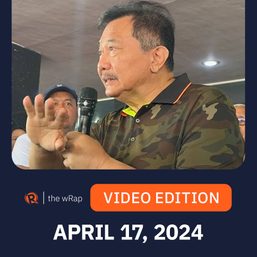
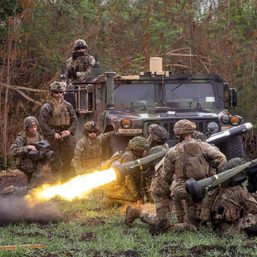
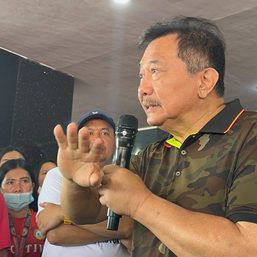
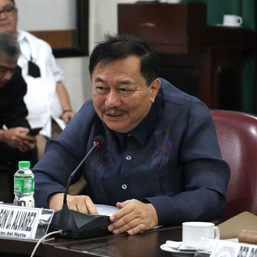
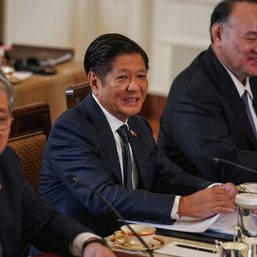
There are no comments yet. Add your comment to start the conversation.